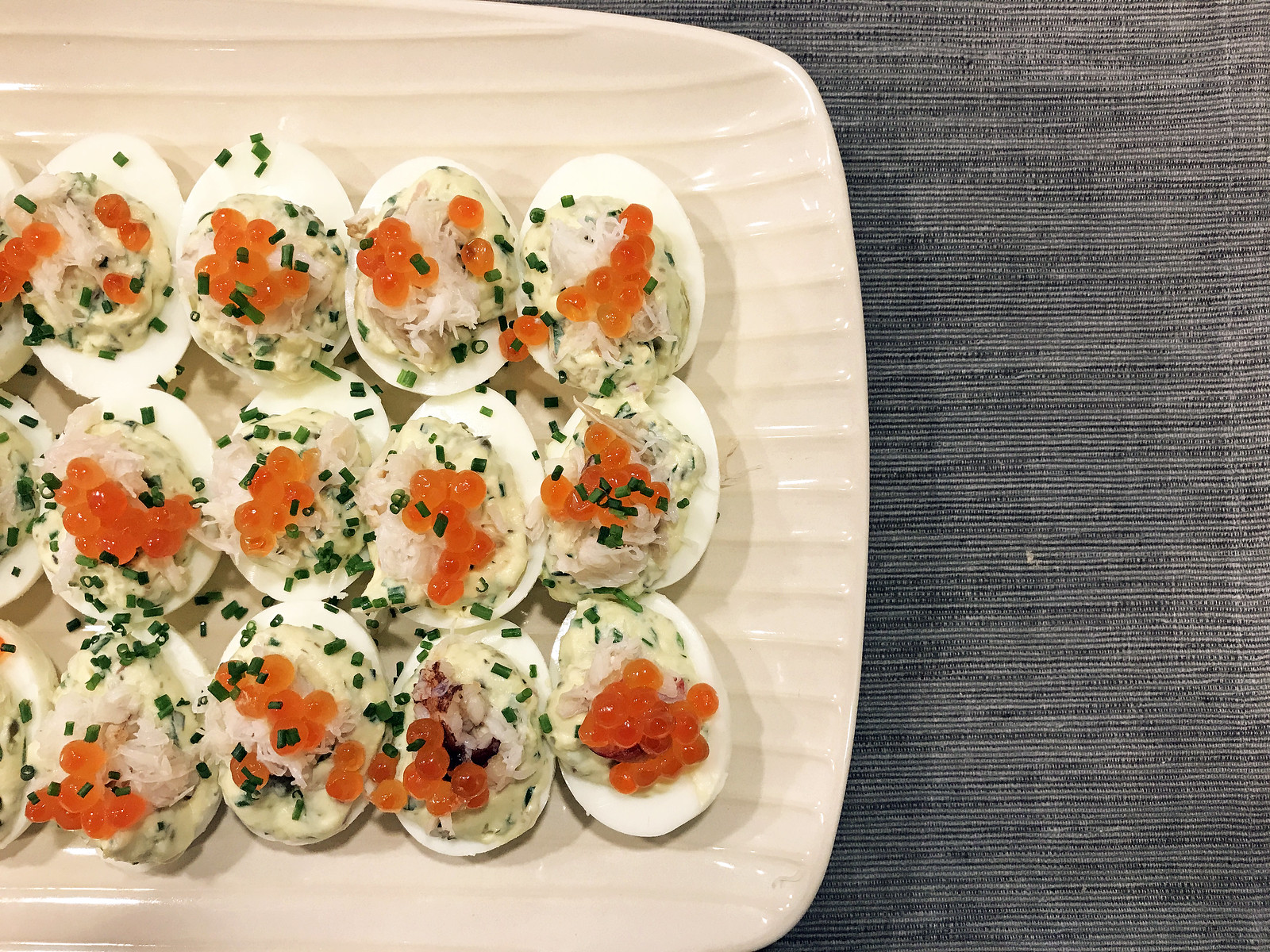Adapted from a recipe in my weathered copy of Hot, Sour, Salty, Sweet, this rice porridge is the perfect antidote to the winter blues. Similar to Singaporean congee or Cantonese jook, it’s got that same stick-to-your-ribs heartiness as any good rice soup should. The garnishes are endlessly adaptable — feel free to adjust to your liking.

Ingredients:
For the soup:
1/2 pound ground turkey
1 tablespoon fish sauce
1 teaspoon sugar
6 1/2 cups water
2 stalks lemongrass, trimmed and smashed flat with the side of a heavy blade
1 teaspoon anchovies in oil, drained and minced
1-inch piece ginger, peeled and smashed flat
1 cup jasmine rice, rinsed in cold water
2 teaspoons vegetable oil
3 cloves garlic
For the garnishes:
1/4 cup fish sauce
1 Thai bird chile, minced
2 teaspoons vegetable oil
2 shallots, chopped
1 small bunch Thai or American basil, coarsely torn
2 green onions, thinly sliced
Black pepper
1/4 cup roasted peanuts, coarsely chopped
1. In a medium bowl, combine the turkey with the fish sauce and sugar, mix well, and set aside.
2. Place the water in a large heavy pot over high heat, add the lemongrass, anchovies, and ginger, and bring to a boil. Boil for 5 to 10 minutes, then add the rice and stir until the water returns to a boil. Maintain a gentle boil until the rice is tender (adding more water if necessary to keep it from sticking to the bottom of the pot), about 20 minutes, then turn off the heat. Remove the lemongrass and ginger.
3. In a skillet, heat the oil. Add the garlic and stir-fry for 30 seconds, then add the turkey and stir-fry, using your cooking spoon to break up any large pieces. Cook, stirring frequently, until the turkey has cooked through, about 7 minutes. Transfer the contents of the skillet to the soup and stir in.
4. Make the garnishes: Combine the fish sauce and chile in a condiment bowl and set aside.
5. Heat the oil in a small skillet over medium-high heat. Add the shallots and cook, stirring frequently, until golden, 3-5 minutes. Remove the shallots to a small bowl and set aside.
6. Just before serving, reheat the soup. Ladle into individual serving bowls and top with the basil, green onions, some shallots, black pepper, peanuts, and drizzle with the fish sauce-chile mixture. Serve hot.




